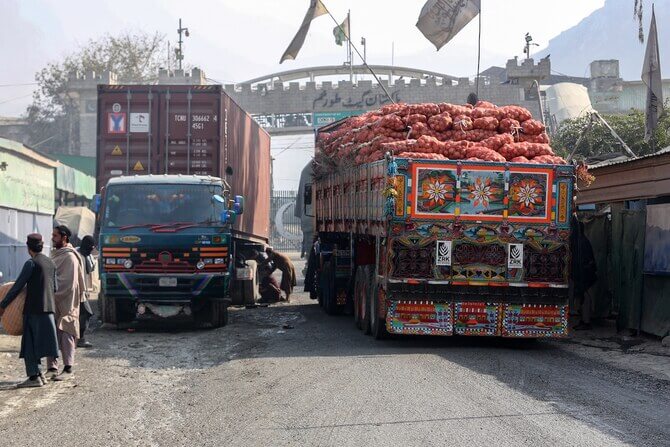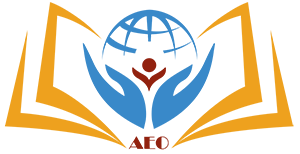
Afghanistan Economic Outlook
September 2025
Afghanistan Economic Outlook, is a creative initiative of the Afghanistan Economic and Legal Studies Organization (AELSO) which reflects most important & the latest economic events that happened during a month in Afghanistan.
By reading this economic newsletter, that has designed in three languages (Pashto, Dari & English), you can get a wider overview of Afghanistan’s economic situation.
10 new factories open in Herat industrial park
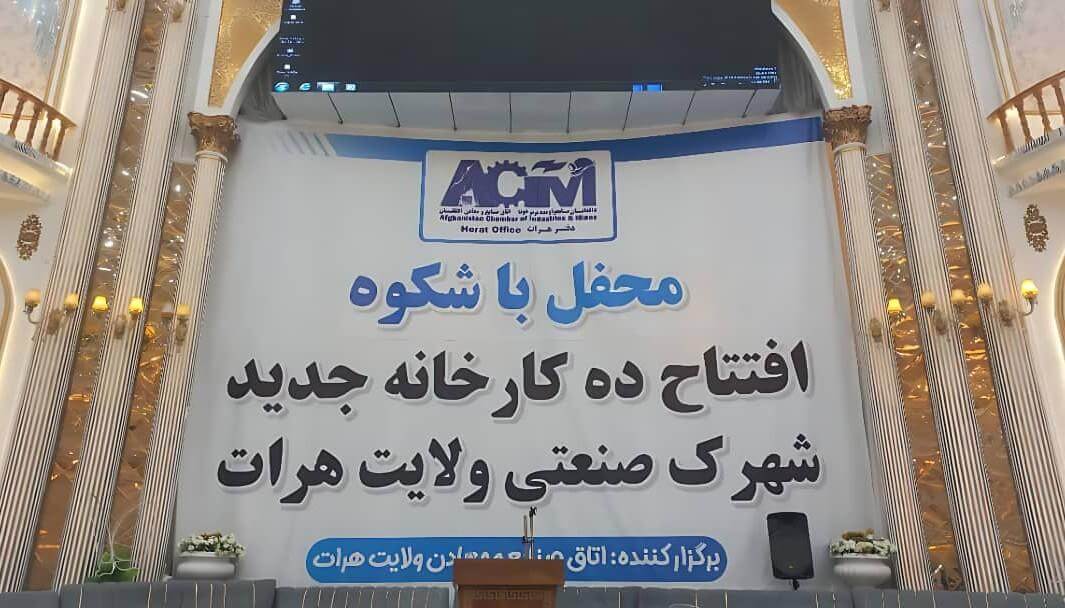 Ten new factories have opened in Herat’s industrial park with a combined investment of $60 million.
Ten new factories have opened in Herat’s industrial park with a combined investment of $60 million.
According to a statement, the new facilities include Armin Pharma, Waheed Soheil Medical Supplies, Mihan Momtaz Meat and Food Products, Golbahar Food Industries, Diyan Herat Flour, Bilal Yousuf Nazari Fiberglass, and Navid Ishaq Cast Iron.
De facto officials said the additions bring the number of active factories and companies in Herat’s industrial park to 1,170.
Speaking at the inauguration ceremony, the governor of Herat said the investment will create jobs for “hundreds of people.”
The announcement comes as Afghanistan’s economy continues to face severe stagnation more than four years after the Taliban takeover.
Zarmina’s workshop creates jobs for many women in Jawzjan
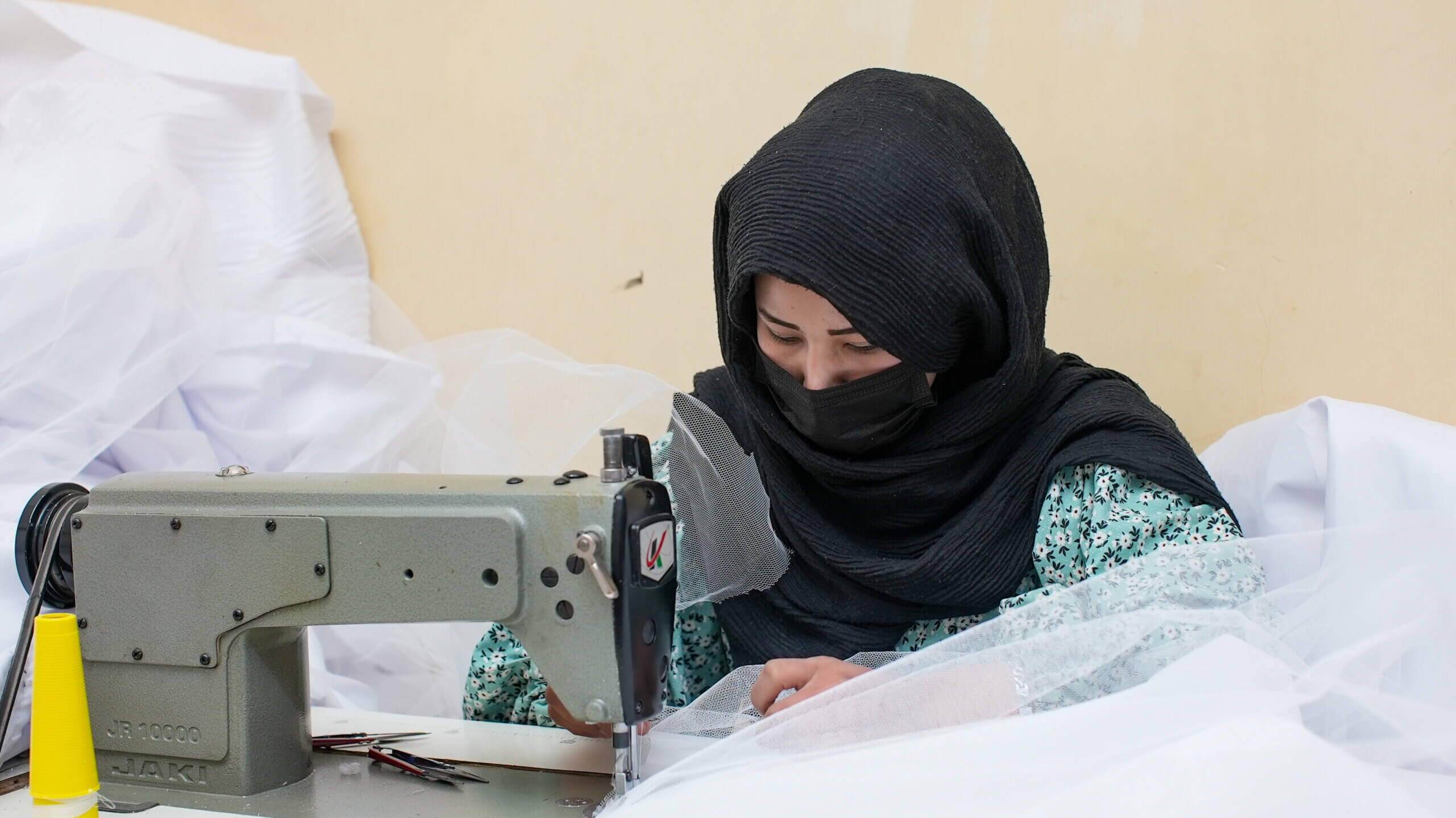 With a sewing machine, a determined Zarmina Khairi in northern Jawzjan turned a small investment into a thriving workshop, providing jobs for 50 women while reviving the province’s fading carpet-weaving tradition art.
With a sewing machine, a determined Zarmina Khairi in northern Jawzjan turned a small investment into a thriving workshop, providing jobs for 50 women while reviving the province’s fading carpet-weaving tradition art.
Zarmina Khairi, head of the “Turk Jawzjan” carpet weaving and tailoring workshop in Shiberghan, told that she founded this workshop four years ago.
She added: “I have been a tailor for 10 years. I started my work with just one sewing machine, a pair of scissors, a measuring tape, and a bundle of yarn, which cost around 20,000 afghanis. But now my capital has reached 700,000 afghanis, and in addition to working myself, I have provided job opportunities for 50 poor women and girls.”
According to Khairi, 30 women work in the carpet weaving section and 20 women in tailoring.
She said: “My goal in establishing this workshop was to create work opportunities for unemployed women and girls, and also to prevent the carpet-weaving industry of Jawzjan province, which has a rich history, from being forgotten.”
Regarding the wages of the carpet weaving employees, she explained: “The women working in the carpet weaving section are paid based on the size of the carpets they weave, and the tailoring instructors are paid monthly according to their production.”
A number of women employed in this workshop expressed happiness about having found work.
Shakera, a 25-year-old woman working in the carpet weaving section, said: “Before coming here, I was unemployed at home, but now, thankfully, I have work.”
She added that due to unemployment and economic problems she had become depressed, but now her depression had eased and her financial situation improved.
Meanwhile, Tahmina, one of the tailoring apprentices, said that she has been working in the workshop for one year, during which she has both learned tailoring and managed to support her household expenses.
She considered the establishment of this workshop effective in reducing women’s unemployment and strengthening family economies, adding: “During this time, I learned a lot, such as cutting, trimming, stitching, and more.”
At the same time, Noria, one of the tailoring instructors in the workshop, also welcomed its creation, saying that now she can earn an honest livelihood for her family.
She explained: “I am a daughter in my parents’ home, but I work outside and contribute to the household economy. I am very happy and satisfied with my work. Through this, I can provide food and clothing for my family. I ask the officials of the Islamic Emirate to allow other women to work as well. Through tailoring, I earn a monthly salary of 5,000 afghanis.”
On the other hand, Latifa Sarwarzada, head of the Women’s Chamber of Commerce and Industry in Jawzjan, told Pajhwok that in recent years the number of tailoring and carpet weaving workshops has been increasing across the city and districts of this province.
She considered the growth of such workshops a positive development in improving family economies and encouraging women’s active participation in society, adding that the Chamber is striving to expand efforts in this field.
Afghanistan’s Exports to Pakistan Resume Normally, Says MoA
The Ministry of Agriculture, Irrigation, and Livestock has announced that trade challenges between Afghanistan and Pakistan have eased, and exports to the neighboring country are now proceeding normally.
The ministry’s deputy stated that fresh and dried fruits from Afghanistan are currently being exported to Pakistan through the Torkham, Ghulam Khan, and Dand Patan crossings.
The de facto officials, said: “The Torkham crossing is open, and although there were some issues at the Ghulam Khan crossing earlier, it has also been reopened for our fresh and dried fruit exports over the past two days.”
In the past, problems such as border closures and delays in cargo inspections caused significant portions of Afghanistan’s fruits and agricultural products to spoil before reaching Pakistani markets. These challenges also inflicted losses on Afghan exports this year.
However, several traders are calling for greater facilitation in areas such as business visas, transit, and exports with Pakistan.
Omid Haidari, a trader, said: “We ask the leadership of the Islamic Emirate to sign agreements with Pakistan, just as they resolved tariff issues, so that we have more facilities in the export sector.”
Another trader, Zalmai Azimi, said: “We face problems in obtaining Pakistani business visas. Sometimes, even within two months, a trader cannot get a visa for Pakistan.”
Earlier, Pakistani media had reported that due to trade and transit challenges between Afghanistan and Pakistan in recent years, the volume of transit trade between the two countries dropped from $7 billion to around $2 billion, a decline that has caused heavy losses for traders on both sides.
Afghanistan-Pakistan Trade Hits $143 Million in August, Up 4% from July
 Trade between Afghanistan and Pakistan reached 143 million USD in August of this year.
Trade between Afghanistan and Pakistan reached 143 million USD in August of this year.
According to Pakistani media reports, trade between the two countries increased by four percent compared to July.
Pakistani outlets also reported that Afghanistan’s exports to Pakistan grew by 50 percent year-on-year and 16 percent month-on-month.
Part of the report stated: “Pakistan witnessed a 50 percent increase in imports from Afghanistan in August 2025 compared to last year, and a 16 percent rise compared to July. Meanwhile, Pakistan’s exports to Afghanistan in the same month fell by 13 percent on a yearly basis and by 1 percent monthly. An official source told that bilateral trade between Pakistan and Afghanistan in August stood at 143 million USD, reflecting a 4 percent increase compared to July. This rise was mainly due to the 50 percent increase in Pakistan’s imports from Afghanistan, which grew from 37 million USD in July 2025 to 55 million USD in August.”
Omid Haidari, a businessman, said: “We request Pakistan’s leadership to reduce tariffs to a minimum. First of all, mutual trust should be built, and trade, customs, and transit agreements between Kabul and Islamabad should be signed to assist traders on both sides.”
The Afghanistan-Pakistan Joint Chamber of Commerce attributed the rise in Afghanistan’s exports to Pakistan to reduced customs tariffs on some Afghan goods and the reopening of certain crossings.
Khanjan Alokozay, President of the Afghanistan-Pakistan Joint Chamber of Commerce, said: “Exports have increased compared to last year and also compared to last month, because a month ago tariffs were high, and the fruit season had not yet started.”
Some traders, pointing to current challenges, have called for greater facilities to ease their exports and trade.
Mirwais Haji Zada, First Deputy of the Chamber of Agriculture and Livestock, said: “The fruit season has ended this year, and facilities must be provided for traders facing difficulties. A railway line should be built so that traders can export to other countries as well.”
Earlier, the Ministry of Agriculture, Irrigation and Livestock had stated that trade challenges between Afghanistan and Pakistan had eased, and that exports to Pakistan were now proceeding normally.
The ministry’s deputy added that currently fresh and dried fruits from Afghanistan are being exported to Pakistan through the Torkham, Ghulam Khan, and Dand Patan crossings.
Afghanistan Signs $2 Billion Deal to Generate 2,000 MW of Power
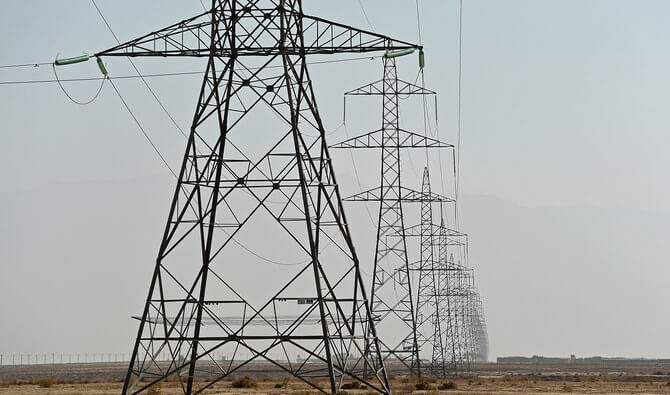 A private company named “Kam Group” has signed a $2 billion contract with Da Afghanistan Breshna Sherkat (DABS) to produce 2,000 megawatts of electricity.
A private company named “Kam Group” has signed a $2 billion contract with Da Afghanistan Breshna Sherkat (DABS) to produce 2,000 megawatts of electricity.
According to officials, the project is expected to take between three to seven years and will generate power from various sources including water, gas, wind, and geothermal energy.
Mohammad Gul Khulmi, head of Kam Energy, said: “We have started practical work, and our partners have joined us, both Dutch and Danish teams are now in Kabul. The survey of our first solar project, which will generate 30 megawatts for the industrial parks in Mazar-e-Sharif, will begin soon, God willing.”
Company officials say that considering Afghanistan’s significant wind energy potential, 1,000 megawatts of electricity will be produced from wind sources.
Khulmi added that although banking restrictions and the lack of standard power distribution networks are key challenges for these projects, the company plans to build power networks and substations as part of the program.
“One major issue with wind energy, despite Afghanistan’s 67,000 MW capacity, is transporting the turbine blades. Even the smallest commercial wind turbine has a minimum capacity of 2.5 to 3 megawatts and is about 50 meters long. For the first time, we plan to establish a factory inside Afghanistan to produce turbine blades to resolve international transport issues,” the Kam Energy head said.
Additionally, for the first time in Afghanistan, the company plans to generate 100 megawatts of electricity from geothermal energy in Kabul. This will require drilling wells up to 3,000 meters deep. Once the project begins, in addition to electricity production, it will also be used for home heating.
According to Kam Group officials, the contract for the Totimaidan block in Andkhoi, previously signed with the Ariel–Kam Energy company, has now had its work plan approved by the Ministry of Mines. Physical operations on the block will now commence.
The Totimaidan gas field is recognized as the largest in Afghanistan’s history and is considered a milestone for the country’s energy development and economic growth.
Herat Exports 550 Tons of Fresh Fruit in Five Months
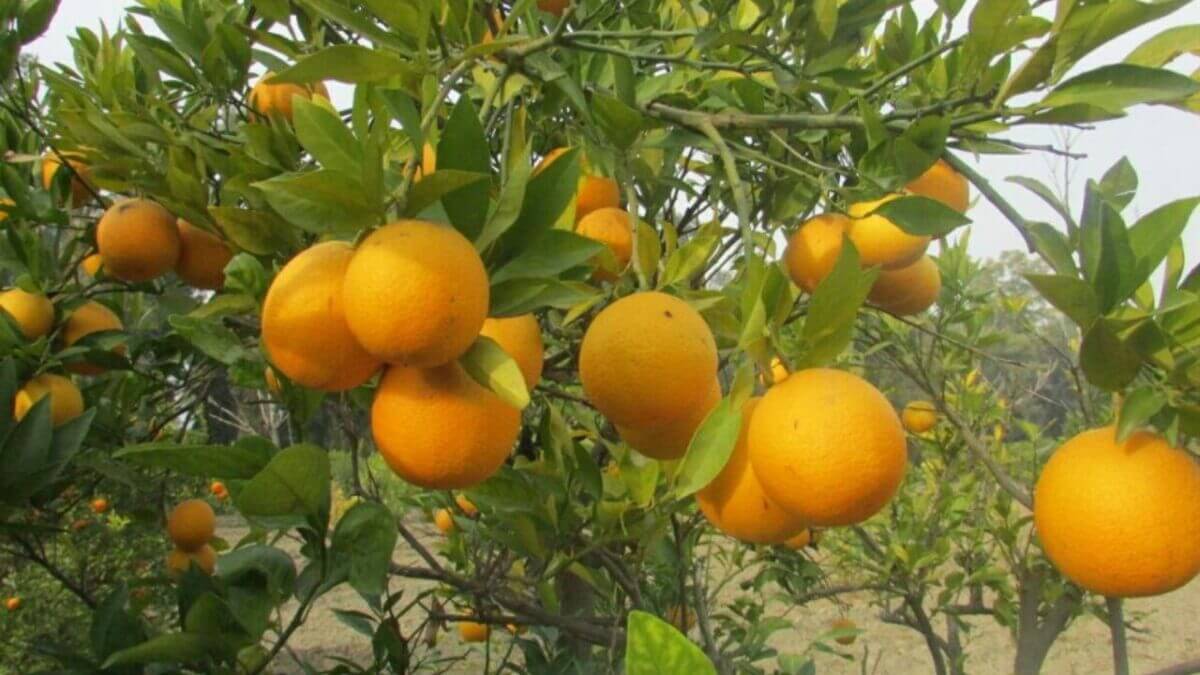 The Herat Chamber of Commerce and Investment says that nearly 550 tons of fresh fruit have been exported from the province to several countries over the past five months.
The Herat Chamber of Commerce and Investment says that nearly 550 tons of fresh fruit have been exported from the province to several countries over the past five months.
This year, fruit orchards in Herat have yielded a better harvest compared to previous years.
Hundreds of tons of these fresh fruits have been exported this year to various countries, including Russia, Kazakhstan, the United Arab Emirates, Iraq, and Saudi Arabia.
The exported fruits include apples, sour cherries, plums, watermelons, melons, and apricots.
The Executive Director of the Herat Chamber of Commerce and Investment, Mohammad Yousuf Amin, said: “In the first five months of 1404, nearly 544 tons and 722 kilograms of fresh fruit worth around 300,000 dollars were exported from Herat to foreign markets.”
It is expected that this year more than a thousand tons of fresh fruit will be exported from Herat to different countries. While fresh fruit yields in Herat have increased by about 20 percent this year, exports of these fruits have grown nearly eightfold compared to last year.
Bashir Ahmad Ahmadi, Head of Agricultural Affairs at the Herat Department of Agriculture and Irrigation, also said: “This year, the production of fresh fruits in Herat has increased by about 20 percent. We have established many new orchards, and the private sector has played a key role in this regard. People are also eager to establish new orchards, and year by year, the number of orchards is increasing.”
According to local officials in Herat, with the improvement in the quality of fresh fruits, opportunities for access to more international markets have been created.
Omid Taimori, Managing Director of the Chamber of Agricultural and Livestock Products of Herat, stated: “Efforts are always being made to expand the export of agricultural products, and we hope to create opportunities for exporting our valuable agricultural and horticultural products to neighboring and other countries.”
Meanwhile, Abdul Naser Haidari, Head of the Western Zone Gardeners’ Association, expressed his views as follows: “When exports increase, agricultural yields also rise, and the prices of products go up as well. In addition, if factories are established to produce fruit juice, the value of agricultural products will increase even further.”
According to figures from the Herat Department of Agriculture and Irrigation, more than 300,000 tons of fresh fruit have been harvested in the province this year. Officials of this department say that there are 27,000 hectares of fruit orchards in Herat.
Recent Afghanistan Economic Outlook
Join to our Newsletter
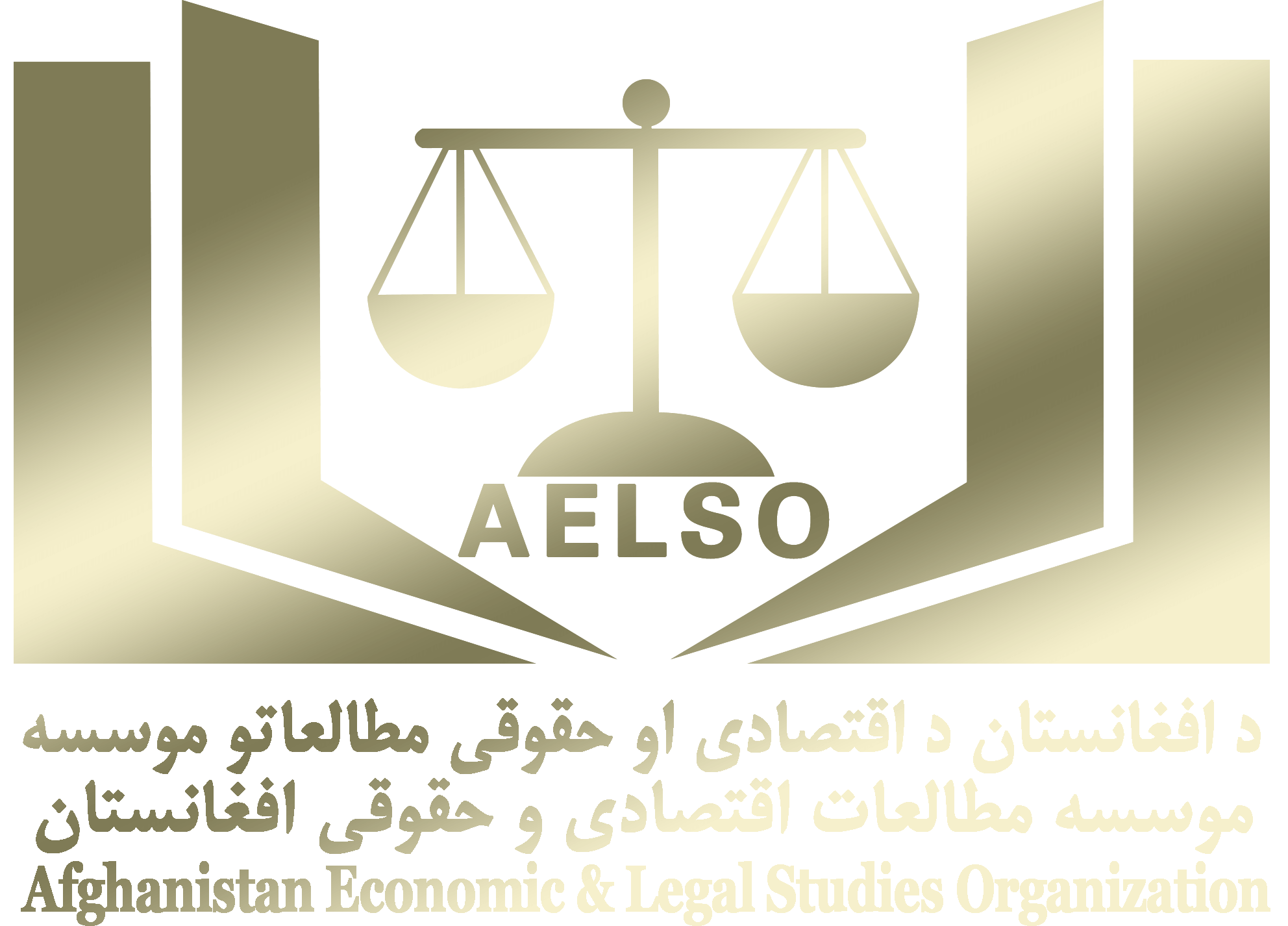
Advancing the Ideas for a Peaceful and Prosperous Afghanistan
© 2025 Copyright Afghanistan Economic & Legal Studies Organization.
